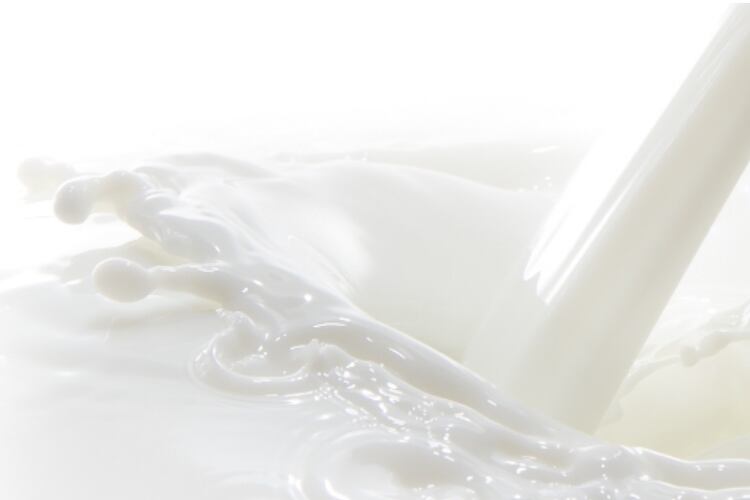The invention relates to the solvent-free process for extracting cholesterol free of impurities from milk fat, with the isolated cholesterol useful for the further preparation of vitamin D3. The inventors say the solution also provides pharmaceutical grade cholesterol from milk fat of high purity (95-98%).
Dairy products such as raw milk, pasteurized milk, raw cream, pasteurized cream, butter oil or anhydrous fat have large levels of cholesterol. The content of cholesterol in milk fat can vary, the company says, typically from 2-5g total cholesterol per 100g. All of the cholesterol in milk fat, the company adds, is present as free cholesterol with only traces of cholesterol present as an ester.
Many techniques are employed to extract cholesterol from milk fat, the company says, such as steam stripping, supercritical fluid extraction (SFE) using carbon dioxide, specific enzymatic cholesterol reductase or adsorption using cyclodextrins. The patent application notes that these processes are lengthy, cumbersome and expensive.
Methods
The solvent-free process involves first heating unsaponified milk fat with anhydrous calcium chloride and then separating cholesterol from the adduct by refluxing in the solvent followed by re-crystallization to yield pure cholesterol.
According to the company, the process avoids the contact of milk fat with potentially harmful solvents in the initial stages that can affect the functionality, flavor or other properties of the milk fat. Also, there is no saponification. The isolated milk fat free of cholesterol is washed with water to remove traces of inorganic impurities.
The residual milk fat, free of cholesterol obtained after filtration of cholesterol-calcium chloride adduct, satisfies the quality standard required by the dairy industry and can be used by the industry for its own applications.
The cholesterol obtained is of pharmaceutical grade and can be used as precursor for preparation of vitamin D3. According to those submitting the patent, the process is simple and industrially feasible with minimal steps; by converting cholesterol to 7-dehydrocholesterol (7-DHC; provitamin D3) and converting 7-DHC to vitamin D3 by irradiation.

